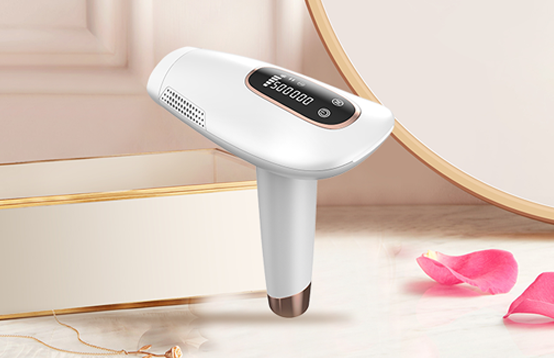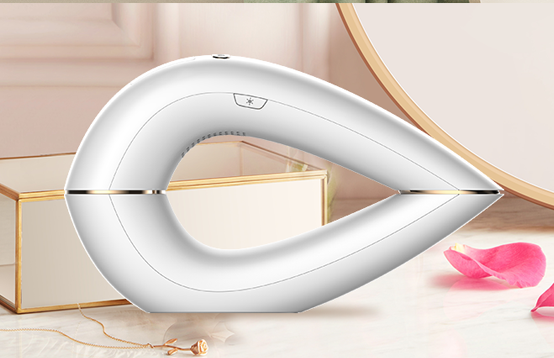Hair Removal & Reduction (partⅠ)
Less body hair for both men and women, is increasingly desired and deemed more attractive. Hair removal is therefore quite common, with various methods of removing unwanted hair —temporarily or permanently. But the effort and expense required varies, as does the rate of successful hair removal.
There are products that remove hair and other products that reduce the growth of hair. While some products can be purchased at stores, others are prescribed by dermatologists and used under a doctor’s supervision.

Hair Removal
Topical
Over-the-counter depilatory products or hair removal creams are available without a prescription, and should be used as directed because misuse can burn the skin. It’s important to do a patch test before using a depilatory cream to test for any type of skin irritation or intolerance.

Procedural
Shaving is the most popular hair removal method among men and women. It is inexpensive, fast, convenient and relatively painless. However, the possibility of nicks, cuts, fast regrowth and ingrown hairs has prompted consumer demand for smoother, long-lasting results.
Where possible, use a single-blade razor and shave in one direction. Avoid going back and forth in two or more directions over shaved sites.
Threading is a method of hair removal originating in Asiais now popular in Westerncountries. In threading, a thin (cotton or polyester) thread is doubled, then twisted. It is then rolled over areas of unwanted facial hair, plucking the hair at the follicle level. Threading can be more painful than waxing but the effect lasts for six to 10 weeks.
Waxing involves applying a layer of melted wax to skin, then pulling it off quickly in the opposite direction to hair growth. This pulls hair out by the root and thus slows hair regrowth, which may occur after two to three weeks depending on the individual.

Both warm and cold wax techniques are available. Extra caution is necessary withwarm wax to ensure it is not so hot that it burns skin. Redness and sensitivity can last hours after hair removal. Repeated damage to hair follicles, some believe, may eventually result in diminished hair growth at the site of repeated waxing.
Negative side-effects include pain during removal, as well as ingrown hairs or folliculitis, scarring, hyperpigmentation and dermatitis. Waxing should be avoided on irritated, sunburned or broken skin. Also avoid waxing if you use certain types of prescription acne creams or take isotretinoin; the wax can pull skin off.

 EN
EN  ES
ES PT
PT SV
SV DE
DE TR
TR FR
FR


